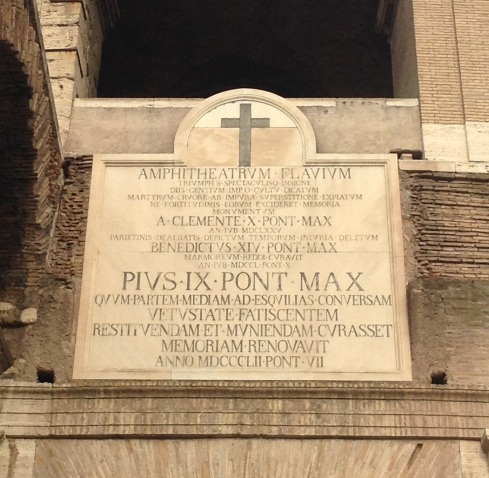Hellenistic Monarchs down to the Roman Empire. The Hellenistic Age suffers from some of the same disabilities as Late Antiquity, i.e. it doesn’t measure up to the brilliance of the Golden Age of Greece and of late Republican and early Imperial Rome.


Programme, 2017–2018. For 2017–2018, Sine Nomine celebrates over two decades of inventive programming, combining vocal and instrumental music from medieval courts and churches with readings, drama, and liturgical action, to provide insight into the fascinating artistic and intellectual culture of the Middle Ages.
that meanwhile had preserved and protected the heritage of the Empire. When we realize how much was preserved, in literature, art, and institutions, at Constantinople from the soi disant “Fall of Rome,” it helps us realize how much Mediaeval Romania was, indeed, still the Roman Empire, just as they tell us.


Henceforth all the mediaeval chalices were fashioned with a six-sided foot.

The Middle Ages form the middle period in a traditional division of European history into three “epochs”: the classical civilization of antiquity, the Middle Ages, and the modern era. The period of the Middle Ages is usually dated from the fall of the Western Roman Empire in the fifth century to the

Medieval Latin was the form of Latin used in the Middle Ages, primarily as a medium of scholarly exchange, as the liturgical language of Chalcedonian Christianity [dubious – discuss] and the Roman Catholic Church, and as a language of science, literature, law, and administration.
Index of Scripts: These examples of scripts are being progressively added to. The categorisation of scripts is a little tricky and I have used a very pragmatic approach rather than an attempt to be heavily scientific.


Terminology and periodisation. The Middle Ages is one of the three major periods in the most enduring scheme for analysing European history: classical civilisation, or Antiquity; the Middle Ages; and the Modern Period.
An institute for advanced studies in the intellectual and material cultures of the Middle Ages

General Overview. Origin and History. Latin (Lingua Latina) is a lanfuage of the Indo-European family that appeared in Italy in the mid 2nd millenium BC. Formerly it was argued that together with the other Indo-European languages of ancient Italy (Faliscan, Osco-Umbrian and Venetic) Latin forms a separate Italic linguistic group, but now this
